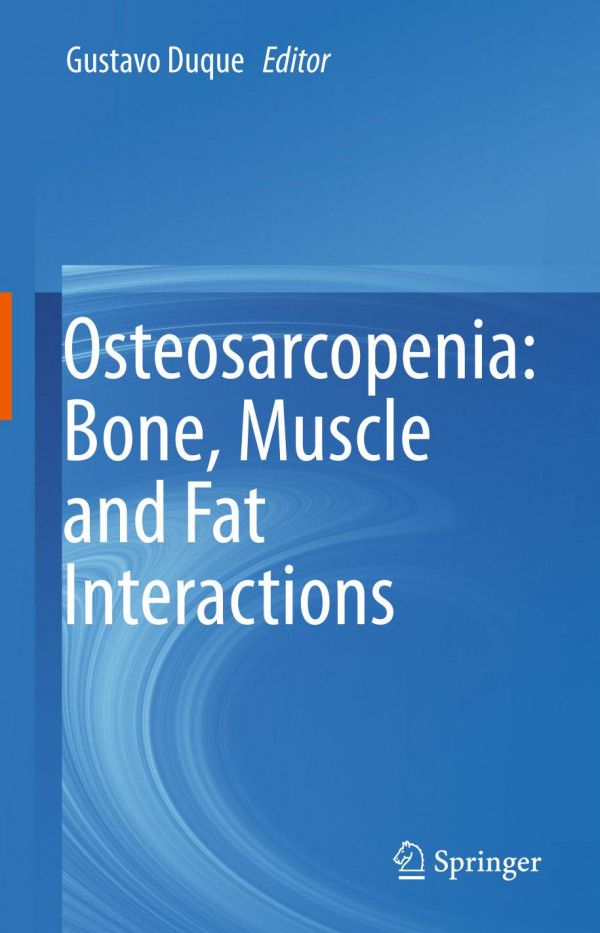

Most ebook files are in PDF format, so you can easily read them using various software such as Foxit Reader or directly on the Google Chrome browser.
Some ebook files are released by publishers in other formats such as .awz, .mobi, .epub, .fb2, etc. You may need to install specific software to read these formats on mobile/PC, such as Calibre.
Please read the tutorial at this link: https://ebookbell.com/faq
We offer FREE conversion to the popular formats you request; however, this may take some time. Therefore, right after payment, please email us, and we will try to provide the service as quickly as possible.
For some exceptional file formats or broken links (if any), please refrain from opening any disputes. Instead, email us first, and we will try to assist within a maximum of 6 hours.
EbookBell Team

4.8
64 reviewsThis edited work presents the most current evidence on osteosarcopenia from bench to bedside, which is expected to facilitate the understanding of this syndrome and to develop preventive and therapeutic strategies.
With our aging population, chronic diseases such as osteoporosis and sarcopenia are becoming highly prevalent. Fortunately, our understanding of the bone and muscle interactions has increased in recent years. This has allowed to the coining of the term osteosarcopenia to describe a syndrome in which these two diseases overlap. This overlap between osteoporosis and sarcopenia has major negative effects not only on our older adults but also on health systems worldwide.
Readers will find a highly translational approach that starts with a summary of recent discoveries on stem cells biology, muscle and bone interactions – including the role of local bone and muscle fat – followed by comprehensive reviews on myokines (i.e. myostatin), osteokines (i.e. osteocalcin) and adipokines (i.e. interleukins) as major players and determinants of bone and muscle loss with aging. In addition, the role of sex steroids (i.e. estrogens, androgens), and calciotropic hormones (i.e. parathyroid hormone, vitamin D) in the pathogenesis of this syndrome is also reviewed. Moreover, using practical diagnostic and therapeutic tips, this book summarizes the clinical characteristics of osteosarcopenic patients thus facilitating the diagnosis and treatment of this syndrome in clinical practice. Finally, the book presents the case for the Falls and Fractures Clinic as the optimal model of care for this syndrome, aimed to avoid fragmentation and optimize osteosarcopenia care, and simultaneously prevent falls and fractures in older persons.This book offers relevant information on the mechanisms of osteosarcopenia, and a practical guide on how to identify and treat this geriatric syndrome and its adverse outcomes, which are dramatically affecting our aging population.